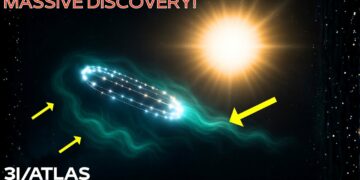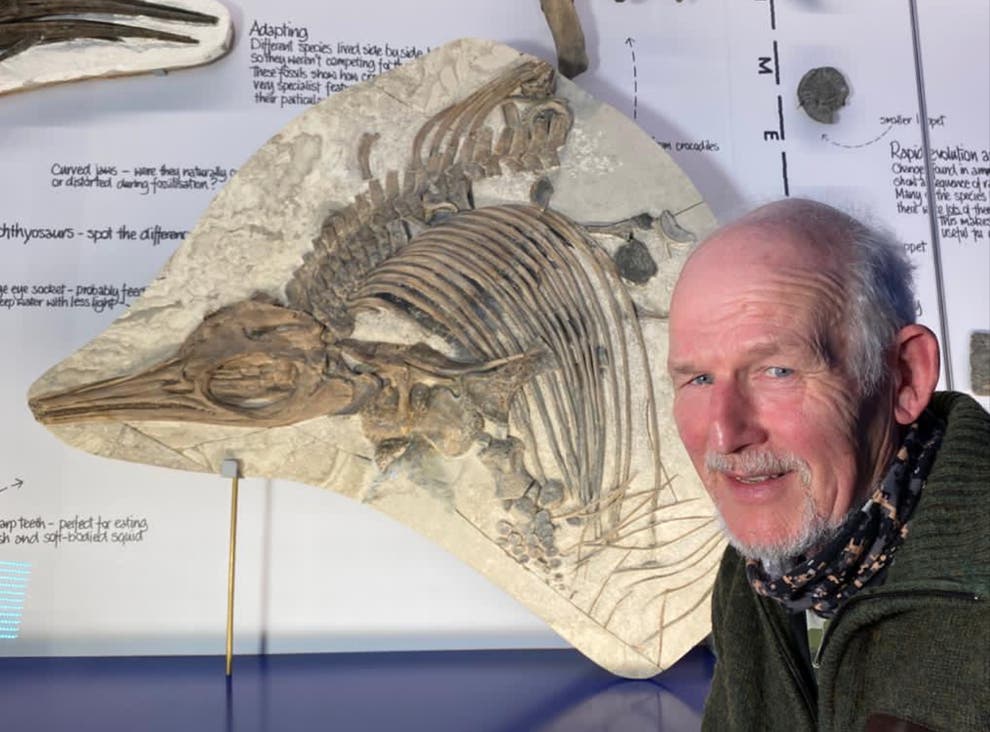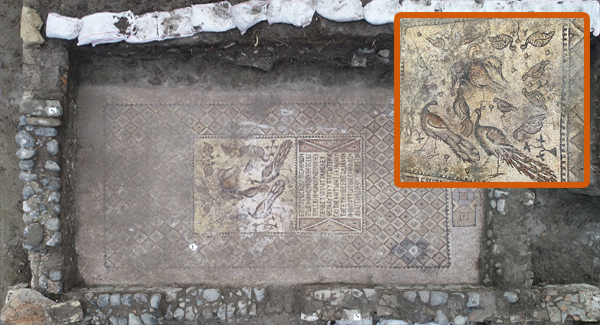A rare visitor from deep space is speeding through our solar system. Officially named 3I/ATLAS, this massive interstellar object is capturing the attention of astronomers worldwide. Traveling at an astonishing 152,000 mph and potentially stretching up to 12 miles across, it dwarfs its predecessors, ‘Oumuamua and Comet Borisov. Telescopes are racing to study its unusual glow, trajectory, and faint haze, sparking questions about whether it’s a frozen rock or something far more extraordinary. Could this colossal traveler from another star system hold secrets that redefine our understanding of the cosmos?
The Breakthrough Discovery
In late June 2025, astronomers detected a mysterious object racing through our solar system at a mind-boggling speed. Unlike typical asteroids or comets, this visitor, now confirmed as the third interstellar object ever discovered, hails from beyond our solar system. Named 3I/ATLAS, it has ignited excitement in the astronomical community. Initially spotted as a faint dot, its unusual trajectory revealed it wasn’t orbiting our Sun like local objects. This rare find, only the third in less than a decade, is a cosmic messenger carrying clues about distant star systems we may never visit.
The Discovery Story
The discovery began between June 25 and 29, 2025, when the ATLAS (Asteroid Terrestrial-impact Last Alert System) telescopes in Hawaii and South Africa flagged a faint, fast-moving object. Initially labeled 11PL3Z, it appeared unremarkable until July 1, when astronomers in Chile noted its abnormal path. Follow-up observations confirmed it wasn’t bound to our Sun, marking it as an interstellar object. Amateur astronomer Sam Dean’s analysis of earlier ATLAS images provided critical data, allowing scientists to refine its trajectory. By July 2, over 100 global sightings confirmed its interstellar nature, and the Minor Planet Center named it 3I/ATLAS, honoring its discovery system and status as the third confirmed interstellar object.
A Stranger in Our Midst
What sets 3I/ATLAS apart? Its speed—152,000 mph—allows it to travel from Earth to the Moon in just 90 minutes, far faster than most solar system objects bound by the Sun’s gravity. Its trajectory, cutting through the solar system’s plane at a steep angle, points toward the galactic center, though its exact origin remains unknown. Its brightness suggests either a highly reflective surface or a massive size, potentially 12 miles wide, making it significantly larger than ‘Oumuamua (100 meters) or Comet Borisov (400 meters). Some telescopes detect a faint coma, hinting it may be a comet, but its composition and behavior remain unique.
The Predecessors
Before 2017, no interstellar objects were confirmed. ‘Oumuamua, discovered in 2017, was a bizarre, tumbling object with unexplained acceleration, sparking debate about its nature—possibly a comet or even an artificial object. Comet Borisov, found in 2019, was unmistakably a comet, with a visible tail and familiar composition. 3I/ATLAS, the third discovery, adds a new data point, raising questions about how common these visitors are and whether our improved technology is finally revealing a long-hidden cosmic traffic.
The Cosmic Journey
Currently, in July 2025, 3I/ATLAS is 3.8 times farther from the Sun than Earth, beyond Mars’ orbit. Its hyperbolic trajectory ensures it won’t stay—it’s a one-way traveler, passing through our solar system and back into interstellar space. On October 3, 2025, it will pass closest to Mars, offering a chance to study gravitational effects. On October 23, it reaches perihelion, twice Earth’s distance from the Sun, minimizing heating effects and ensuring no threat to Earth. By December 2025, it will pass Earth at a safe distance before exiting our solar system forever.
A Scientific Goldmine
3I/ATLAS is a rare opportunity to study material from another star system. Its size allows for detailed observations, potentially revealing its composition—ice, dust, or gases—compared to our comets. With advanced telescopes like the James Webb Space Telescope and Hubble, astronomers can analyze its chemical makeup and surface. These insights could reveal whether life’s building blocks are universal or unique to our solar system. The object’s early detection gives months for global observations, unlike the fleeting ‘Oumuamua.
Unanswered Questions
Is 3I/ATLAS a comet, asteroid, or something new? Its faint coma suggests cometary activity, but it lacks a dramatic tail. Its brightness implies either a large size or high reflectivity, yet its exact dimensions remain unclear. Its rotation—possibly chaotic tumbling—hints at a violent past. Its age, origin, and composition are mysteries, with potential clues to another star system’s makeup locked in its structure. Non-gravitational acceleration, if detected, could echo ‘Oumuamua’s puzzling behavior, fueling further speculation.
The Alien Question
Could 3I/ATLAS be artificial? Harvard’s Avi Loeb has suggested using the James Webb Space Telescope to check for non-gravitational acceleration, which could hint at propulsion. While comets often show such behavior due to outgassing, signs like radio emissions, unnatural compositions, or consistent brightness could raise questions. Though a natural explanation is likely, exploring all possibilities, including artificial origins, drives scientific progress and fuels curiosity about our place in the universe.
Observing the Visitor
Studying a dark, fast-moving object billions of miles away requires cutting-edge technology. Ground-based observatories in Hawaii, Chile, and South Africa track its motion and brightness, while the James Webb Space Telescope and Hubble analyze its heat, chemicals, and minerals. Radio telescopes like the Very Large Array listen for emissions. As 3I/ATLAS nears the Sun, its increasing brightness and potential tail will offer more data, revealing its nature.
Dawn of a New Era
The discovery of three interstellar objects since 2017 signals a new era. Advanced telescopes and automated surveys like ATLAS have improved our ability to detect these visitors, suggesting they may pass through frequently—perhaps multiple times yearly. The upcoming Vera Rubin Observatory could discover dozens annually, reshaping our understanding of planetary system evolution and galactic material exchange. Future missions to intercept such objects are being explored, connecting our solar system to a broader galactic ecosystem.
This interstellar visitor, 3I/ATLAS, is a cosmic time capsule, offering a fleeting chance to unlock secrets from beyond our solar system. As astronomers race to study it, each observation brings us closer to understanding the universe and our place within it.























